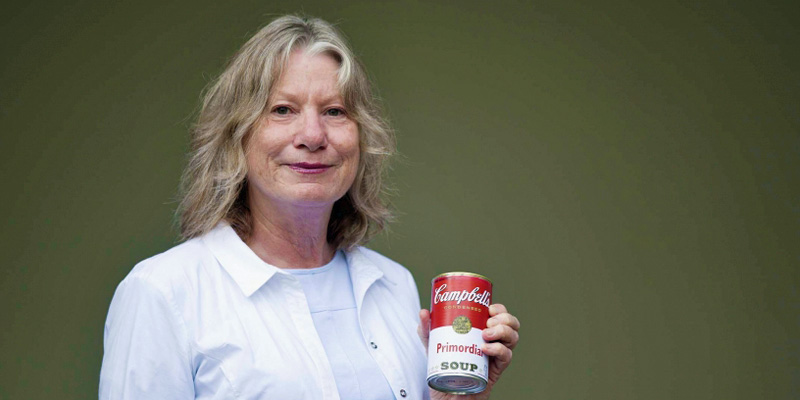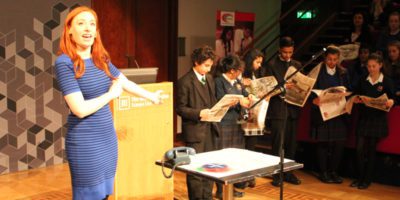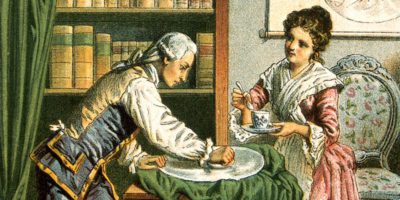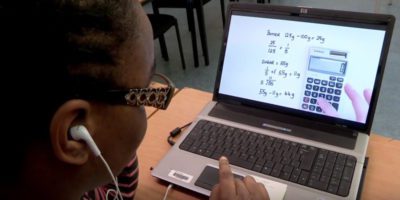Associate Professor Rowena Ball is an applied mathematician based in the Mathematical Sciences Institute at the Australian National University in Canberra. Her work is truly interdisciplinary as it involves modelling and analysing complex, real-world, dynamical systems. In her research career, she has worked with physicists, engineers, and chemists on a diverse range of interesting problems such as combustion and explosives, magnetic fusion plasmas, decarbonising fuels, and recently, the origin of life on Earth, and dating events in Indigenous Australian deep history.
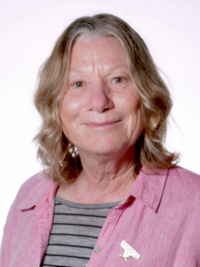
“…I chose science and maths because the scientific and mathematical way of describing the world made beautiful sense to me…”
In-your-face: Beating the bullies and excelling in maths
My career in science and maths has not followed the linear path of school to university and then first job to promotion, etc.
As a child, I was mercilessly bullied at school and home for being good at schoolwork and at maths in particular. I come from a disadvantaged socioeconomic background, and unfortunately there was little understanding of the benefits of education.
I responded by developing a very ‘in-your-face’, ‘up-yours’ attitude, so that I did even better at school! (And eventually the bullies dropped off.)
Setting a good example to my kids by educating myself
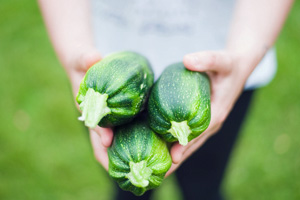
So, I studied at night and on weekends by distance education for seven years to get a B.Sc. I chose science and maths because the scientific and mathematical way of describing the world made beautiful sense to me.
For the love of research
When I graduated with first class honours I was also awarded the University Medal. I was offered a Ph.D. scholarship, which I accepted because it paid more than what I was earning as a gardener! I took to research really well, and I have held research-only positions ever since. I accepted a postdoc position at the University of Leeds in the UK, taking the kids with me, but then I had to return to Australia to care for my elderly parents.
In 1999 I accepted a position at ANU (the Australian National University), where I have remained since. I still work with collaborators at the University of Leeds though, and most years I go back there for a few weeks. From 2010 to 2016 I held a prestigious Australian Research Council Future Fellowship.
I consider myself extremely fortunate, in that, firstly, I was able to access a high-quality undergraduate distance education programme; secondly, being an applied mathematician has enabled me to meet and work with wonderful people from different disciplines; and thirdly, I have the privilege of working in the research-intensive culture and environment of ANU. (And in case you are wondering – yes, I have attended the university graduations of all three of my children!)
My role day today
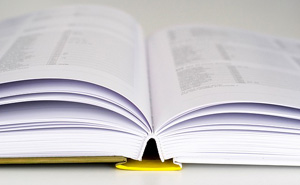
There is associated professional activity, such as committee service, serving on the organising committee for conferences, and refereeing papers for journals.
Running science enrichment activities with Aboriginal school children – an absolute joy!
I also have a passionate interest in Indigenous scientific and engineering heritage, and writing about this has led me to doing science enrichment activities with Aboriginal school children at special STEM camps, and at two remote Indigenous schools in North West Queensland, under the CSIRO [Commonwealth Science and Industrial Research Organisation] Scientists and Mathematicians in Schools programme.
I run a science Facebook page for these kids. These activities continue to be an absolute joy!
Linking maths with the origin of life on Earth
I mentioned above that one of my recent projects concerns the origin of life on Earth, and you might wonder what maths has to do with that. The answer is that we can model the complex steps of chemical evolution, which led to biological evolution in the primordial soup more than 3.8 billion years ago, by writing down equations that describe changes in all the interacting chemical species and the temperature.
We solve these equations in the computer, and the resulting data tell what conditions must have been present for life to emerge, and what effects different variables, such as natural fluctuations, may have had. These are ‘computational experiments’, which can then guide and inform real experiments by other scientists in laboratories, and inform the search for extra-terrestrial life.
Calling out gender inequity when I see it
I’m afraid that in most STEM areas, gender inequity, stereotyping and discrimination are deeply woven through the fabric of the disciplines and institutions. Some women in these areas fight bravely against it, some women choose not to see it, and most of us just get on with doing the best science and maths we can, as best we can.
The challenges I have faced (but not necessarily overcome!) are too numerous – and some too heinous – to list here, and they become more formidable as one’s career progresses. But these days I call it out when I see it. Only this week I wrote to the organising committee of a conference to which I was invited, to ask (pointedly but politely) why they had only one invited female keynote speaker to 12 invited male keynote speakers on the programme.
On a positive note, I believe it is becoming more widely accepted that ensuring gender balance and diversity in all activities of a discipline enriches the discipline significantly.
How initiatives like Science in Australia Gender Equity are helping to redress the balance
I have high expectations of the Science in Australia Gender Equity (SAGE) initiative, especially if it moves beyond the pilot stage to the point where research funding to an institution is made contingent on demonstrating real, lasting and greatly improved retention and promotion of women.
Challenging gender stereotyping in maths and science
We have evidence now that gender stereotyping in maths and science manifests very early, in children as young as five or six years old, so we need to resource schools and teachers in encouraging and empowering girls in maths and science.
I have great faith, too, in our wonderful, strong, young women Ph.D. students and graduates. They are a precious asset! They are the role models for girls in schools, and I’m pleased to see that Double Helix, the CSIRO’s science magazine for schoolkids, features them and their work often and prominently.
A fascinating puzzle

My team and I are continuing our origin of life research, as it is a fascinating puzzle and a ‘wicked’ problem (we know more about the origin of the universe than the origin of life!), and potentially has useful biotech applications.
I plan to spend more time researching Indigenous science and engineering heritage. My new pilot research project involves adapting the methods of molecular phylogenetics to elucidate the evolution of pre-colonial Indigenous history. Instead of molecular genes, cultural traits – such as languages, stories, and kinship structures – are interrogated to determine their history.
https://researchers.anu.edu.au/researchers/ball-rv
https://twitter.com/rowenaball
DNA image credit: By Nogas1974 (Own work) [CC BY-SA 4.0 (http://creativecommons.org/licenses/by-sa/4.0)], via Wikimedia Commons

